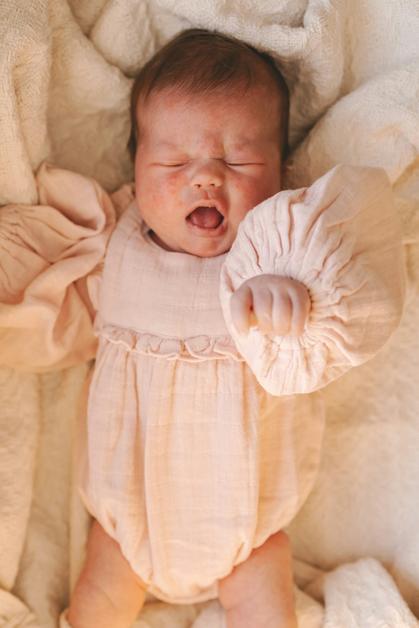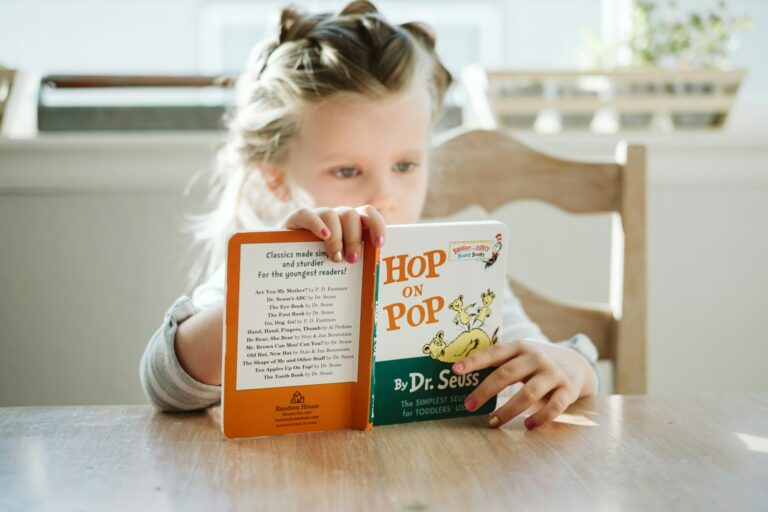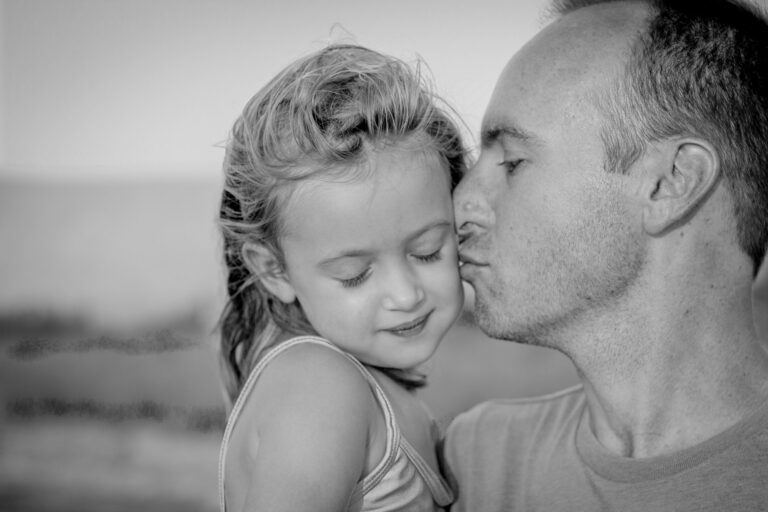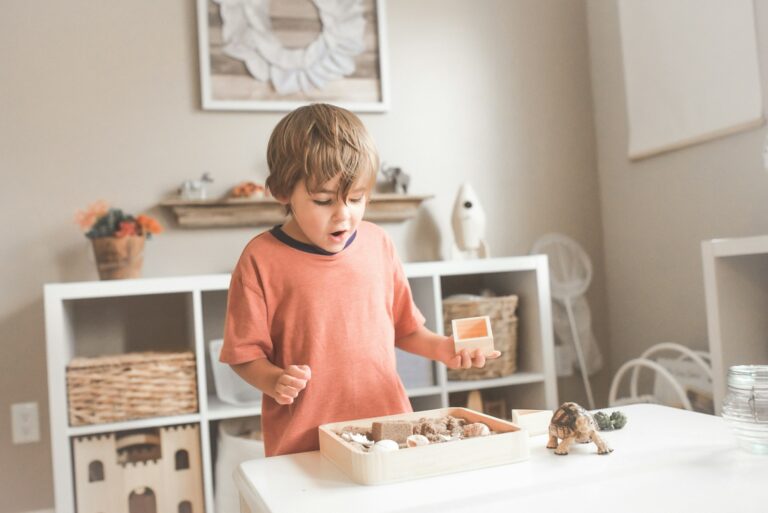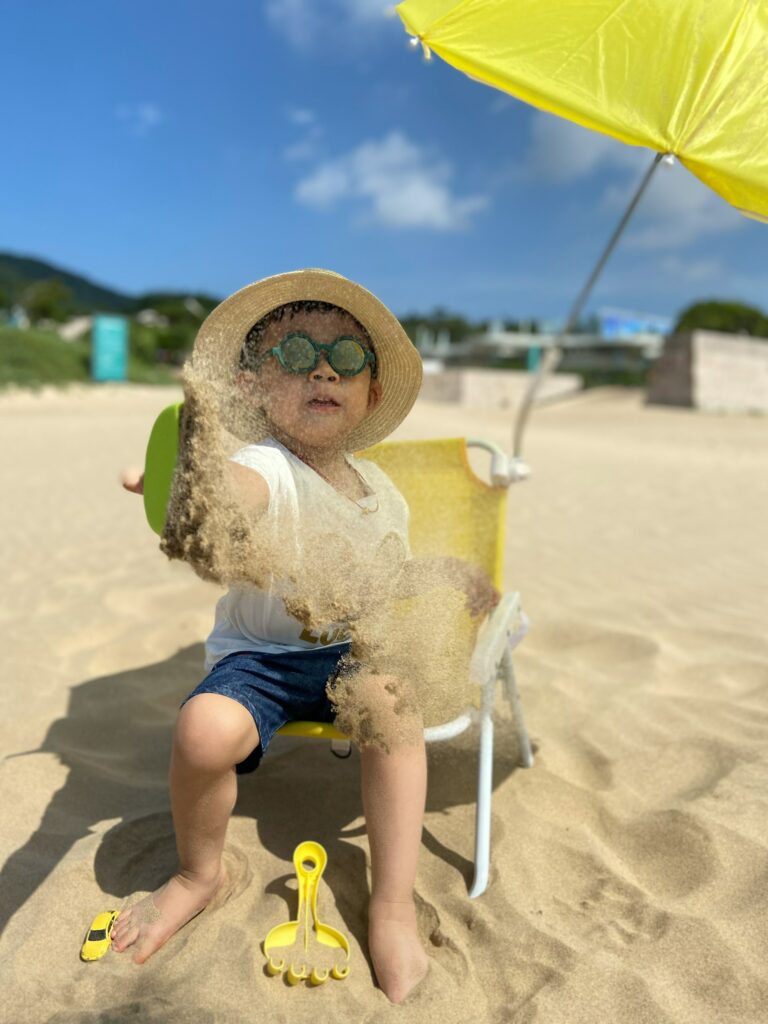Have you ever found yourself staring in disbelief at an impossibly high fever, only to watch your child break out in a sudden rash just as the worry had peaked? Welcome to the bewildering landscape of roseola infantum—or as some clinicians may call it, the sixth disease. For parents, encountering a viral illness for the first time in their baby’s life can feel like being hurled into medical territory with no warning signs. You may wonder if you are missing the subtle signals, or if there is something in your routine that could fend off another episode. This roseola complete guide for parents unpacks the medical science behind the chaos, dives into why this infection so often sneaks up unannounced, and presents the practical, evidence-based reassurance needed to get through the fevers, the questions, and those sleepless, vigilant nights. From transmission mechanics to risk factors, management strategies, and prevention tips—this is your companion for decoding, responding, and, above all, regaining a sense of calm during this common childhood ordeal.
What Exactly Is Roseola? Understanding the Illness
Fever strikes like lightning: abrupt, intense, and not easily ignored. Roseola, also known as exanthem subitum or baby measles, brings with it not just a temperature spike (often flirting with 39–40°C / 103–104°F), but a choreographed sequence of symptoms. This viral infection typically targets toddlers and infants between 6 months and 2 years old. In fact, epidemiological studies estimate that up to 95% of children encounter human herpesvirus 6 (HHV-6) by age two, placing “roseola complete guide parents” at the top of many a family’s must-read list.
It all begins almost invisibly. The virus—usually HHV-6, and less often HHV-7—passes quietly via saliva or minuscule respiratory droplets. These tiny viral particles can linger on toys, linens, and even caregiver hands. The incubation phase, which lasts 9–15 days, sets the stage: your child feels fine, goes about their usual play, and then—out of nowhere—the fever dominates the scene. As the intensity crests, symptoms like irritability, mild cough, and a subtle decrease in appetite often emerge. Some parents report swollen lymph nodes or transient eyelid swelling, while others notice nothing beyond the unyielding heat of their child’s forehead.
How Does Roseola Spread?
Contagiousness is its specialty. For many, the thought that something as simple as sharing a sippy cup could usher in several days of fever is both striking and alarming. During the height of fever, your little one is most contagious, although transmission can sneak in quietly—even before symptoms set in. Once the characteristic rash appears and 24 hours of fever-free recovery pass, children are usually considered non-infectious.
Preventive measures are anchored in hygiene. Here’s what makes a tangible difference:
- Rigorous handwashing—this cannot be overstated.
- Regular cleaning of toys and shared surfaces, which can harbor viral particles for hours.
- Limiting exposure to obviously ill children.
- Keeping children away from group settings while febrile.
And yet, even with the diligence of a seasoned infection control nurse, complete prevention is nearly impossible. There’s no vaccine on the horizon for roseola either: immunity is acquired through natural infection.
Recognizing Roseola: The Sequence of Symptoms
Why does roseola’s clinical picture provoke such uncertainty among parents? The answer lies in its unpredictable rhythm. The course is marked by a sudden high fever—sometimes stubbornly resistant to standard fever reducers like acetaminophen—lasting up to five days. Your child may seem listless, more apt to sprawl on the living room carpet than to bounce around, and their appetite flounders in tandem with their energy.
Then, just when anxiety peaks, the fever vanishes as suddenly as it arrived, and a distinctive rash takes center stage. Non-itchy, pink-to-rosy, with round or oval spots (sometimes surrounded by a faint white halo), it creeps up on the chest and abdomen before venturing onto neck and arms. Curiously, its appearance signals that your child is on the mend. The rash, which is neither painful nor irritating, fades within hours to a couple of days, often before you’ve even memorized its contour. The presence of the rash after the fever—not before or during—makes this pattern unique among pediatric viruses.
Diagnosing Roseola: Clinical Clues and Differential Diagnoses
Pediatricians often rely on the sequence of “fever, then rash” for a diagnosis. No need for invasive testing in straightforward situations. However, differentiating roseola from lookalikes is where experience matters:
- Measles: Rash appears with persistent fever and cough but is typically more severe, often involving the face first.
- Rubella: Rash starts on the face, often accompanied by tender lymph nodes behind the ears.
- Fifth disease: “Slapped cheek” rash and mild joint aches dominate.
- Chickenpox: Blistering, intensely itchy rash is its hallmark, with fever and malaise as startup symptoms.
Occasionally, if the fever lingers or complications arise, a blood test may be performed to rule out bacterial infections or other viral agents.
Complications: When Roseola Takes an Unexpected Turn
For most, roseola is a transient, almost predictable childhood bump in the road. Yet certain children—particularly those with impaired immune defenses—face higher stakes. The most common complication, febrile seizure, affects about 10–15% of children with roseola. Watching your child convulse even briefly is unforgettable, though current medical evidence assures that these seizures, while terrifying, do not typically result in lasting harm.
Other rare complications, found mostly in immunocompromised children, might include encephalitis (inflammation of the brain), hepatitis (liver), or myocarditis (heart muscle), but these remain outliers. Warning signs to watch for:
- Seizures lasting longer than five minutes, or a child failing to regain alertness.
- Unremitting fever lasting over five days.
- Lethargy, persistent vomiting, poor fluid intake.
- Unusual breathing, weak cry, or a rash that becomes more prominent instead of fading.
In healthy infants, particularly under six months, maternal antibodies offer a protective buffer—but any signs of severity deserve immediate medical evaluation.
Home Management: Supporting Recovery and Comfort
Practical solutions abound when facing roseola at home. Hydration reigns supreme; every sip of water, breast milk, or formula is another step toward recovery. Rest is equally valuable, but children often self-regulate—listen to their cues and scale back high-energy activities.
Fever control is largely symptom-driven. Acetaminophen can ease discomfort, but fever itself is the body’s natural immune response, not an enemy to be eradicated at all costs. Dress children in lightweight clothing and avoid unnecessary bundling—overheating can amplify discomfort. Lukewarm sponging soothes, but icy baths are best left out of your arsenal.
And what of appetite? It almost always takes a temporary hit. Don’t force-feed; prioritize fluids and gentle encouragement. The rash, for its part, requires no intervention whatsoever—no ointments, no scratching, no starchy bath additives.
When to Seek Medical Advice
When do parental intuition and medical science agree it’s time to act? Consider professional help promptly if:
- Fever persists beyond five days or recurs after subsiding.
- A seizure lasts longer than five minutes or your child struggles to return to baseline.
- Fluid intake drops and urination becomes infrequent.
- Unusual lethargy, trouble breathing, or continuous crying emerges.
- The rash worsens or lingers longer than expected.
Err on the side of consultation if anything falls outside the typical progression described in the roseola complete guide parents literature.
Long-Term Outlook and Reassurance
Most children rebound from roseola within a week—fever falls away, energy returns, rash softens and disappears as if erasing a chalkboard. While repeat infections are rare, theoretically possible reactivation (though exceedingly unlikely in healthy children) can occur. Children with compromised immune systems deserve a more watchful eye. Long-term health effects? For the vast majority, absolutely none.
A child may safely return to daycare or playgroups once fever-free for 24 hours—the rash alone is not a barrier since contagion is essentially past. Immunity follows naturally after infection, forming part of the “immune memory” that protects most children henceforth.
Supporting Parents: Navigating Roseola with Confidence
Worry, exhaustion, doubt—these emotions are as real as the fever you check at 3 a.m. Yet understanding the journey through roseola complete guide parents offers is empowering. Tracking symptoms, noting changes, and gently steering your home toward comfort and calm makes a substantial difference.
Lean on trusted resources—healthcare professionals, evidence-based parent guides, and supportive networks. There’s value in knowledge, but also in knowing when reassurance and rest outshine further investigation.
Key Takeaways
- Roseola complete guide parents emphasizes that roseola is a common, generally mild viral illness, distinguished by a dramatic rise and fall in fever, followed by a non-itchy, fleeting rash.
- Human herpesvirus 6 (HHV-6) is the primary culprit, with transmission peaking during periods of fever. Hygiene plays a pivotal role in limiting spread, though complete prevention remains elusive.
- Febrile seizure is the most notable—but typically harmless—risk; severe complications are uncommon in healthy children.
- Restoration of hydration, gentle fever management, and supportive parenting are the foundation of effective home care.
- Unique to roseola complete guide parents resources is the fever preceding the rash—a key diagnostic clue for distinguishing it from other rash illnesses of childhood.
- Prompt consultation is warranted for prolonged fever, persistent symptoms, or whenever parental instinct signals concern.
- Most children recover swiftly, returning to their animated selves within days. Reassurance and practical support guide families through roseola’s course.
Professional expertise and tailored advice are always within reach—don’t hesitate to use them. For ongoing support, health-tracking tools, and custom advice, consider downloading the Heloa app, which offers free health questionnaires and parent-friendly insights for your child’s wellbeing. The journey through roseola may be brief, but the confidence and knowledge you gain will outlast the illness itself.
Questions Parents Ask
Can adults get roseola, and if so, what are the symptoms?
While roseola is usually seen in young children, adults can also contract the virus, particularly those who haven’t been exposed or have weakened immune systems. In adults, symptoms may be very mild or even go unnoticed, but some may experience a sudden fever, fatigue, and sometimes a mild rash. If an adult does develop symptoms, they often resolve on their own, much like in children. There’s no specific treatment needed—rest, hydration, and gentle care are generally sufficient. For adults concerned about persistent or severe symptoms, consulting a healthcare professional brings peace of mind and tailored support.
How long should a child stay home from daycare or school after having roseola?
It’s natural to wonder when it’s appropriate for a child to return to group settings. Once the fever has been gone for 24 hours and the child feels well enough to participate in regular activities, it is generally considered safe for them to return. The rash itself is not contagious, so there is no need to wait for it to completely disappear. Ensuring that your child is comfortable and energetic again is the best sign that they are ready. If you have any hesitation or your child shows persistent fatigue, taking an extra day for full recovery can be a gentle option.
Can roseola be prevented in siblings or other children living in the same home?
Complete prevention of roseola can be difficult since the virus spreads easily before symptoms even appear. However, certain habits can help minimize the risk of transmission. Encourage everyone in the house to wash their hands frequently, especially before meals and after caring for the sick child. Avoid sharing drinks, utensils, or towels during the contagious phase. Regularly clean commonly used toys and surfaces. Although total protection isn’t always possible, these steps are effective for many families, helping to reduce the chance of the illness spreading. Rassurez-vous, even if another child does catch roseola, most experience only mild symptoms and recover quickly.
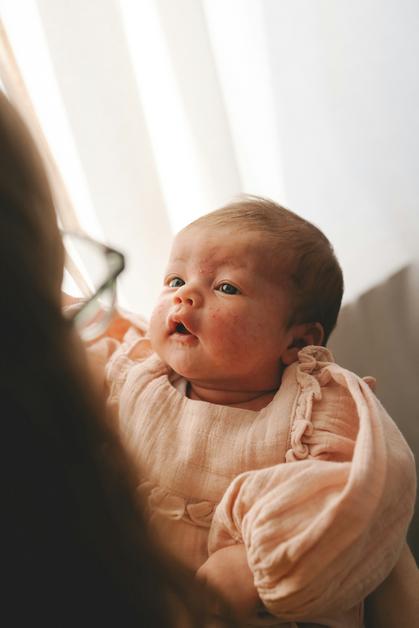
Further reading:

